FRUITFUL FURRY seed mix
2.500 Ft - 7.500 Ft
Want a beautiful, colourful and thriving lawn? With a mixture of 7 native wildflowers, the Flowering Native Lawn is guaranteed to be a hit with pollinators: the catkin, sage and hornwort are very popular with butterflies, while the white testicle provides food for short-tongued pollinators such as the house bee and the red testicle for long-tongued bees, including bumblebees.
As with all butterfly plants, testicles and hornworts fix nitrogen from the air and enrich the soil. This is good for the grass too, so you can forget about fertilisers. Species in the mix are known for their drought tolerance and often green up even when the grass around them has long since burnt out. Mow the grass less often so they can flower! To some extent, all of these plants can be trained to flower at a lower stage, but try to allow them time (and height).
Depending on the time of sowing, not all species will necessarily flower in the first year, but from the second year onwards they certainly will. It can be sown with existing grass, mixed with grass in new lawns and without grass, on its own (see below).
Features:
- life cycle: annual, perennial
- flowering period: may-october
- size: 10-35 cm
- soil: dry, average
- growing area: sunny
- pollination factor: 10/10
The following species are included:
common yarrow, sage, chamomile, spearwort, hornwort, red testicle, white testicle
Vet proposals:
50 g of seed mix mixed with grass is sufficient for about 75-100 m2, sown alone 2-3 g/nm will give sufficient coverage. When sown between existing grasses, 1-2g/nm will give more grass and only a few flowers (the testes will spread over time and so will the flowers if they are allowed to flower and produce seed).
For detailed sowing suggestions and more details, scroll down.
Price:
25g - 2.500 Ft
50g - 4.500 Ft
100g - 7.500 Ft
Prices are gross prices, 27% VAT included.
Description
Want a beautiful, colourful and thriving lawn? With a mixture of 7 native wildflowers, the Flowering Native Lawn is guaranteed to be a hit with pollinators: the catkin, sage and hornwort are very popular with butterflies, while the white testicle provides food for short-tongued pollinators such as the house bee and the red testicle for long-tongued bees, including bumblebees.
As with all butterfly plants, testicles and hornworts fix nitrogen from the air and enrich the soil. This is good for the grass too, so you can forget about fertilisers. Species in the mix are known for their drought tolerance and often green up even when the grass around them has long since burnt out. Mow the grass less often so they can flower! To some extent, all of these plants can be trained to flower at a lower stage, but try to allow them time (and height).
Depending on the time of sowing, not all species will necessarily flower in the first year, but from the second year onwards they certainly will. It can be sown with existing grass, mixed with grass in new lawns and without grass, on its own (see below).
Features:
- life cycle: annual, perennial
- flowering period: may-october
- size: 10-35 cm
- soil: dry, average
- growing area: sunny
- pollination factor: 10/10
The following species are included:
- common yarrow (Achillea millefolium) - 8%
- sage (Salvia nemorosa) - 8%
- chamomile (Matricaria chamomille) - 4%
- spearwort (Plantago lanceolata) - 8%
- hornwort (Lotus corniculatus) - 24%
- white here (Trifolium repens) - 24%
- red here (Trifolium pratense) - 24%
Vetting advice:
It is best to on a prepared, weed-free, free-standing surface, raked to a fine dusting free. You should then count on 2-3 grams per square metre. For fresh grass you can also mix this mix with grass seeds (2-3 grams per 100 grams of grass or 1-2 grams per square metre of the appropriate amount of grass. Alternatively it can also be sown between existing grass mixes, but it is still important to leave some free ground. The way to do this is to keep it low cut the grass low and then go over the area once or twice with a lawn aerator. Then the felt layer is rolled out and the seeds can be sown in the grass. It is better to calculate with 3-4 grams per square metre. If you do not aerate the lawn, the seeds will not germinate at all or only barely! Afterwards it is important keep the area moist (not wet) during the germination period (3-4 weeks) This may mean several small waterings a day in dry, warm weather. Annual species will flower in the first year, most perennials from the second. After about 4-6 weeks after sowing, you can cut them once. If you cut more than once at the beginning, the species will stunt a little so that they grow shorter and flower sooner. The mixture is much more drought tolerant than grass, but the testes will thrive in the severe drought they'll appreciate about twice a month watering (spearwort, hornwort and yarrow, on the other hand, are still green even in drought conditions). In the long term, the aim is to create a nice, biodiverse, flowering area with much less maintenance and saving lots of water: you don't need to mow often to achieve this (just more often at the beginning if you like them lower). Over time, the butterflies in the mix will become more widespread.
We wish the seeds a good germination!
Recommended seeding rate:
sown alone 2-3 grams/m²
sown with grass seeds: 1-2 grams/m²
existing grass: 3-4 grams/m²
When planting new grass, without grass, alone:
It is recommended to sow 2-3g of seed mix per square metre, in a similar way to grass: it is important to keep the area moist during germination. It is not necessary to cut the area often to allow them to flower. If you want to train the plants lower, cut a little more often at the beginning, so they will harden off and flower lower in the future.
More information
| Mass | N/A |
|---|---|
| Quantity | |
| Lifecycle | |
| Species | |
| Demand for light | |
| Dispensing | |
| Special feature | pasture, ancient grassland, pollination factor 10/10, nitrogen bomb, Zita's favourite |
| Height | |
| Ancestry | |
| Colour | |
| Talaj | |
| Flowering month | long flowering, April, May, June, June, July, August, September, October |
| Water demand |
Only users who are logged in and have already purchased the product can write a review.
Related products
-
-
Select options
There are several variations of this product. The variants can be selected on the product page
- Add to wishlistAdd to wishlist
- 40 Hungarian and European wild flowers, seed mix
NEK-TÁR 3.0 - beekeeping seed mix
- 950 Ft - 17.500 Ft
Add to wishlistAdd to wishlist -
Select options
There are several variations of this product. The variants can be selected on the product page
-
-
Add to basket
- Add to wishlistAdd to wishlist
Add to wishlistAdd to wishlist -
Add to basket
-
-
Select options
There are several variations of this product. The variants can be selected on the product page
- Add to wishlistAdd to wishlist
Add to wishlistAdd to wishlist -
Select options
There are several variations of this product. The variants can be selected on the product page
-
-
Select options
There are several variations of this product. The variants can be selected on the product page
- Add to wishlistAdd to wishlist
- 50 species of native wild flowers, seed mix
BEES NO? - beekeeping seed mix
- 950 Ft - 19.000 Ft
Add to wishlistAdd to wishlist -
Select options
There are several variations of this product. The variants can be selected on the product page
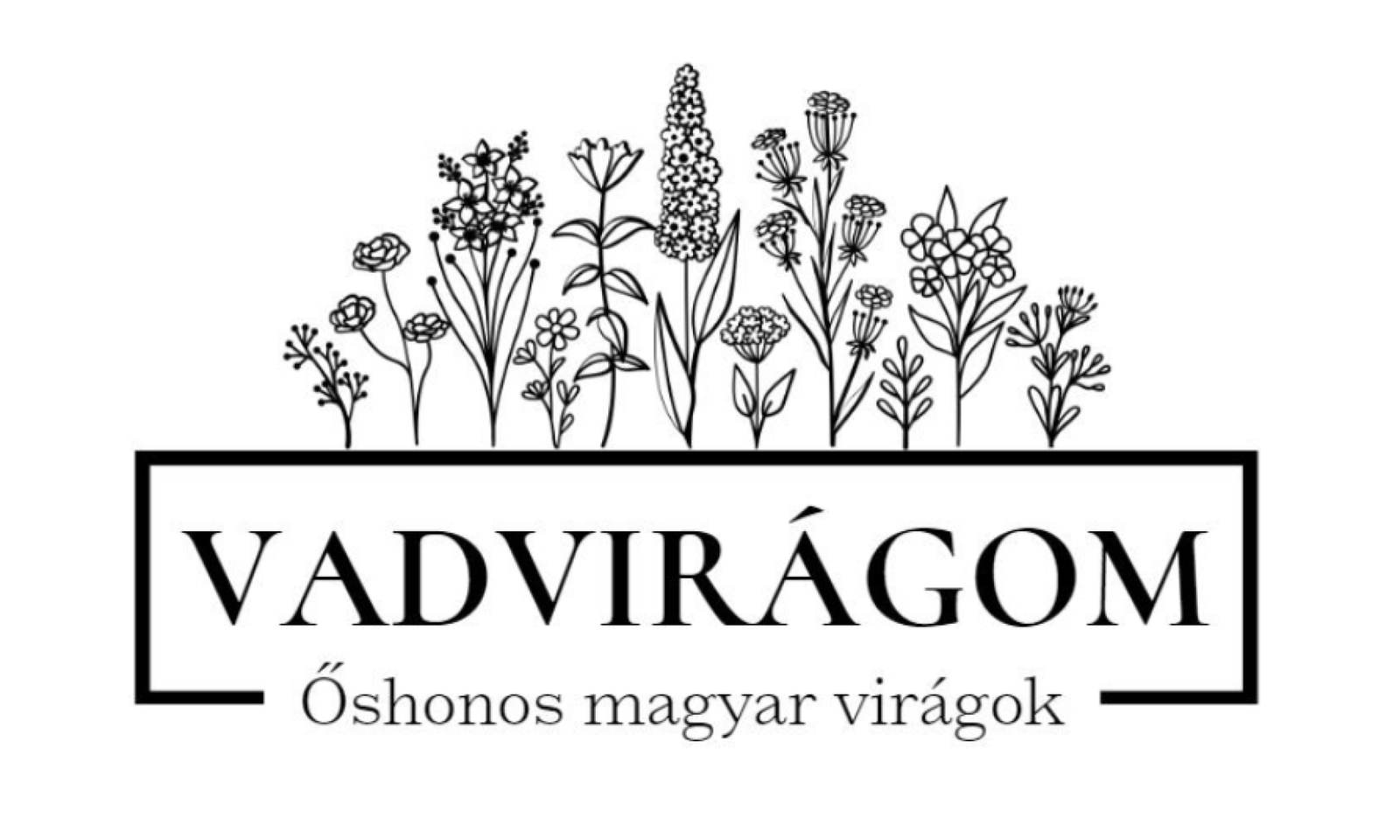


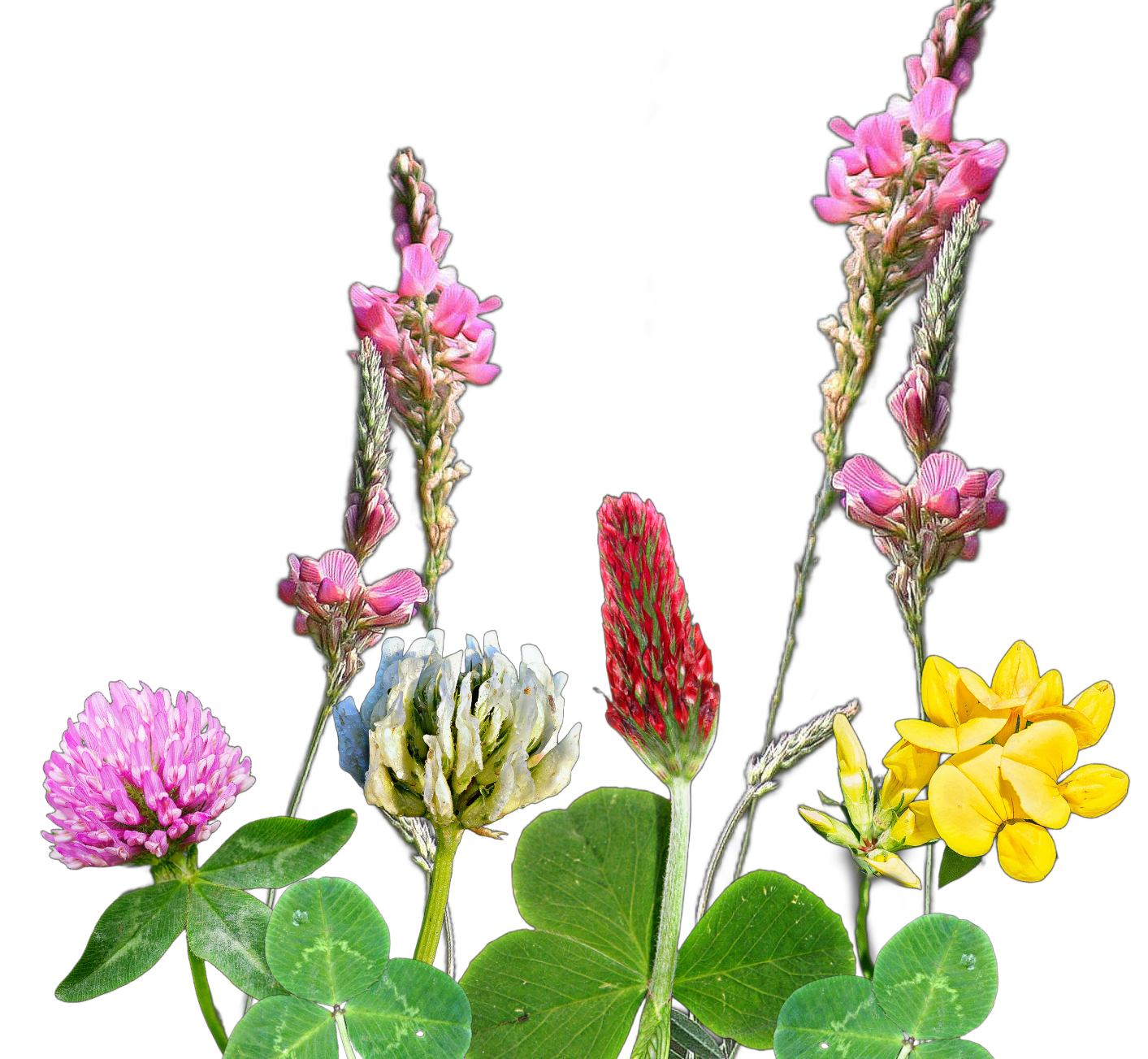
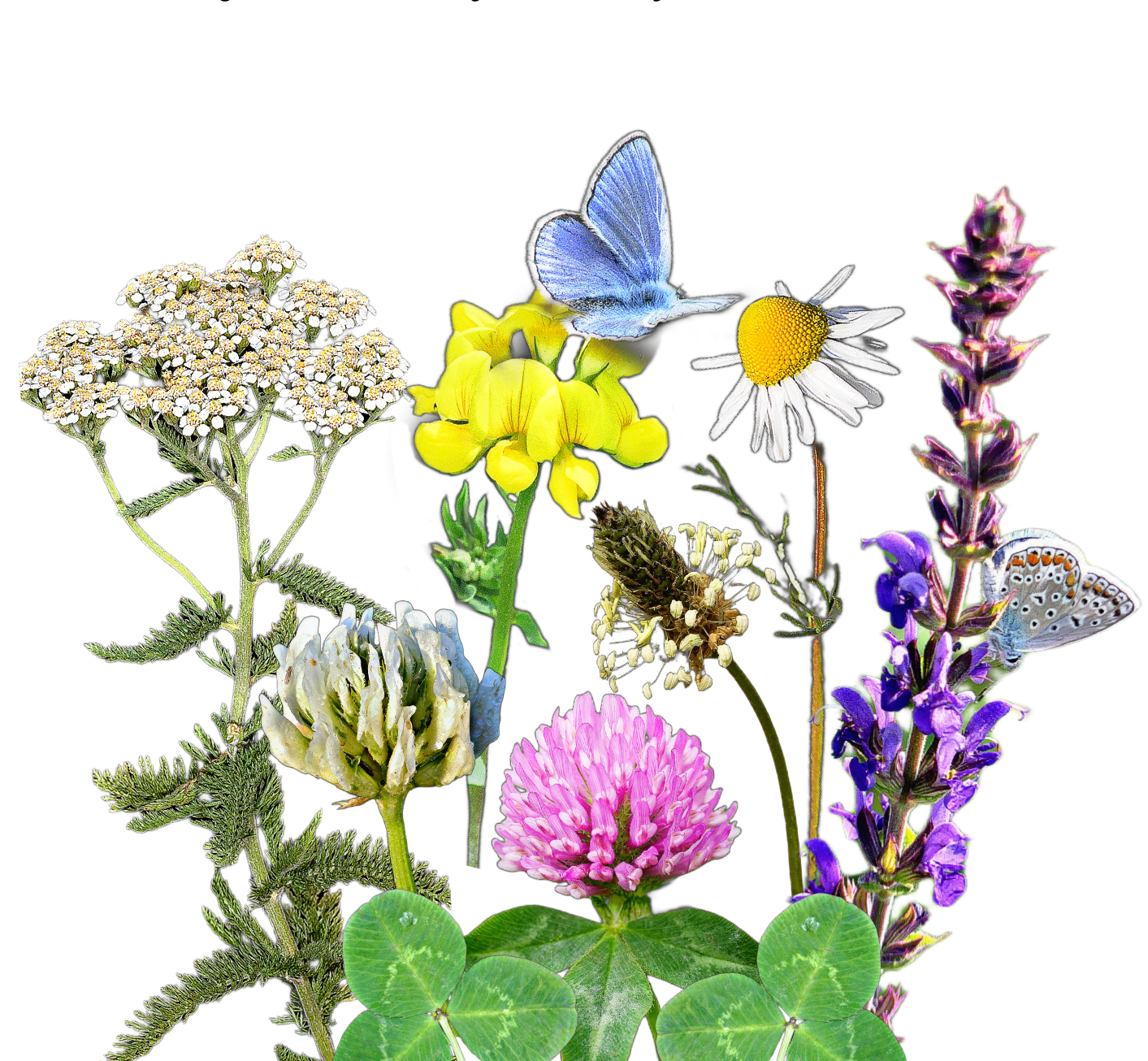

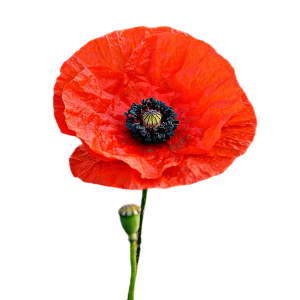
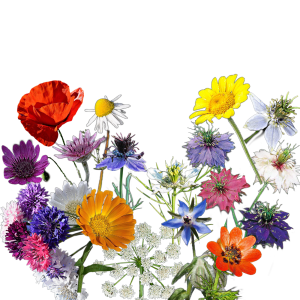
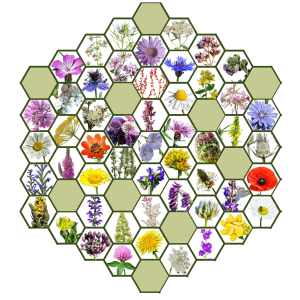
Reviews
No reviews yet.